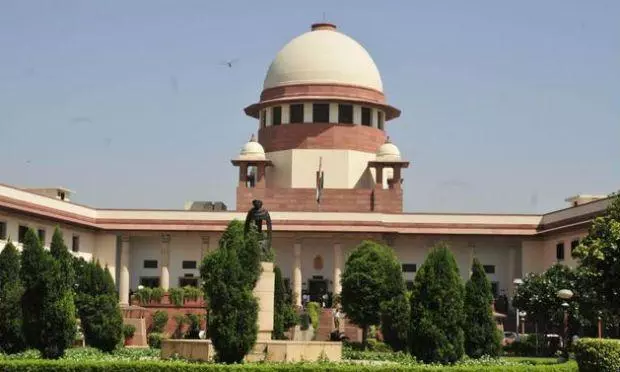AA Edit | Challenges remain after SC landmark sub-quota ruling

In a seminal ruling on continuing affirmative action, the Supreme Court authorised state governments to create sub-classifications within the Scheduled Castes and Scheduled Tribes for preferential reservation that can do much to lift the more marginalised communities. The decision allows the creation of sub-classifications to tackle graded inequalities among people who do not constitute a homogeneous class.
What the verdict seeks to address is the inequality within quotas as most reservations are taken away by the creamy layer within those communities. Introducing a variable level of reservation within SC/ST quotas may be likened to the opening of a Pandora’s Box, but such is the state of reservation after 70 years that corrective action is called for.
The court has shone the spotlight on a tricky issue of a section of people and their succeeding generations monopolising the quota at the cost of more marginalised people within their own communities. The intrinsic elements of social justice, as envisaged by those who gave shape to national reservation policies in education and jobs in the public sector, may have been upheld in the ruling, but it comes with a warning that those policies have not uniformly served all the marginalised.
There is a provision in the quotas for OBCs that prevents the creamy layer from monopolising quotas, but no such rule exists in the SC/ST reservations. What the court is suggesting is that this can be addressed provided there is solid empirical data backing up the claims of people of more than 150 sub-classifications who have been kept out while generations of the same extended families have enjoyed the fruits.
In a country whose data is always looked upon with suspicion, it is a tall order to ask governments to provide realistic figures to support claims of SC/ST sub-classifications amid a clamour for a piece of the affirmative action. Politicians, inured to creating divisions and subdivisions to make and keep vote banks, will not hesitate to play one class of people against the other, which is why court-monitored permissions are essential to make these contemplated changes work.
Two decades may have been lost already as a 2004 decision by a five-judge bench of the top court ruled in the E.V. Chinnaiah vs Andhra Pradesh case that sub-classification was not allowed on the grounds that SC/STs constitute homogenous classes. Considering the huge variables within broad SC/ST classifications, this has been rightly struck down now.
The anxieties will now rest on how politicians governing the people respond when having to choose certain classes of people over others who are just like them but only more privileged because they had gamed the system for decades. Considering that sub-classification of SC/ST can run to a count of around 2,000 communities, the space for manoeuvring and politics becomes immense.
Can politicians be trusted to make rational criteria work when it comes to having to choose or will they allow caste considerations to create more prejudices in an already crowded scene clouded by the fact that the number of jobs available in the public sector is no match for the number of people seeking a livelihood with some assurance of a secure future?

